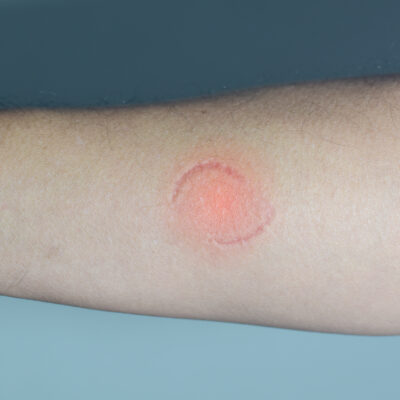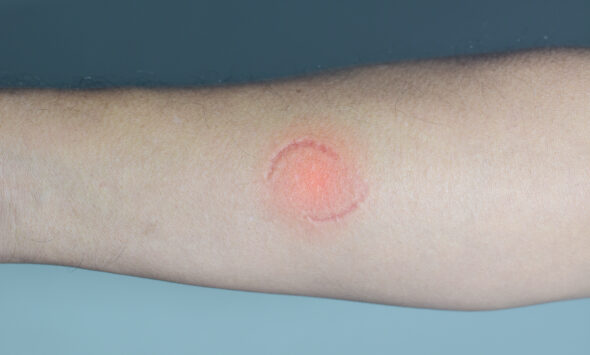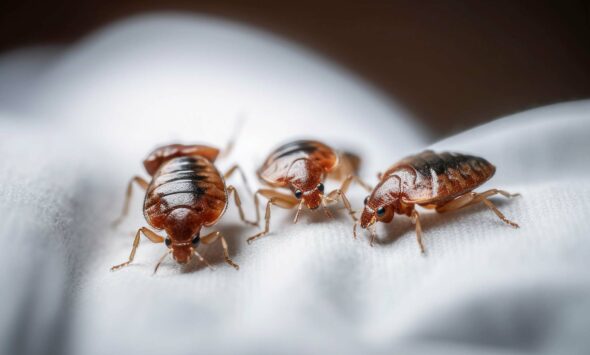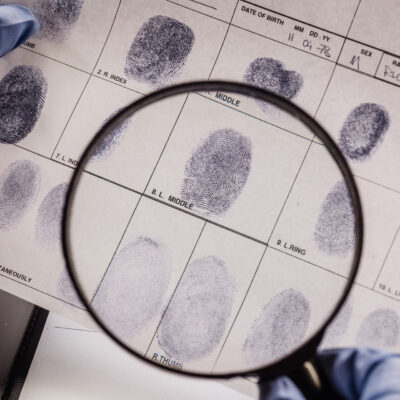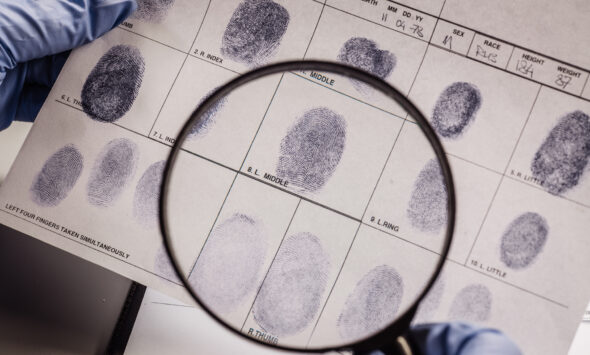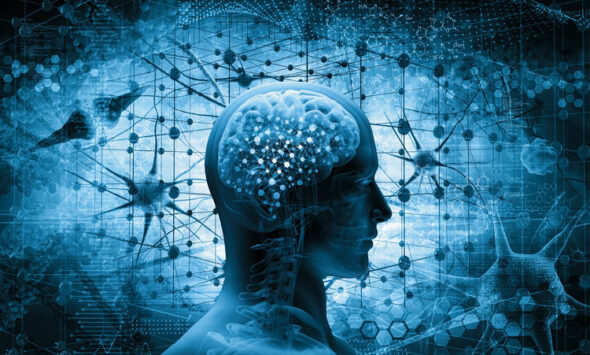Chimerism has long since left the realm of mythology and entered that of science. Today, it is an undeniable human reality, particularly through organ and bone marrow transplants. One human being, one DNA—that was the rule that had guided scientists for centuries. With advances in medical research, however, this fundamental principle has been completely overturned, as illustrated by the case of Chris Long.
When DNA blurs the trail.
This American patient, suffering from acute myeloid leukemia, received a bone marrow transplant from an anonymous European donor. This procedure allows the donor’s hematopoietic cells (blood-forming cells/blood cells) to replace the recipient’s non-functional blood cells. It is therefore not surprising to find foreign DNA in the blood of the transplanted patient!
In the Chris Long case, however, the surprise was total when analyses carried out four years after the transplant revealed that his seminal fluid contained only the donor’s DNA—in this case, that of a young German. Other parts of his body, such as his cheeks, tongue, and lips, contained both DNAs, whereas his hair contained only his own. Specialists were thus confronted with a case of chimerism, a condition in which a person carries two different genetic profiles.
A natural anomaly.
The phenomenon is extremely rare. Only about a hundred cases of chimerism have been recorded worldwide. In Chris Long’s case, this anomaly arose in the context of a medical intervention, but it can also occur naturally when an incident disrupts the developmental process. In a dizygotic twin pregnancy—meaning two embryos from separate fertilizations—it may happen that the two eggs fuse at a very early stage of development. The surviving embryo is then formed from cells originating from both eggs and therefore carries two distinct DNAs.
Most often, chimerism affects specific organs, body parts, or certain cell types such as those of the blood group. A striking example occurred in 2015, when another American underwent DNA testing that appeared to prove his son was also his nephew. The mystery was quickly solved when it was discovered that the father actually carried two DNAs—his own and that of a twin brother who had never developed in utero.
A textbook case for forensic science.
Although chimerism is rarely identified (it is often detected only through prenatal diagnosis), this is largely because it has no impact on the health of the person concerned. Nevertheless, it is of growing interest to specialists in forensic medicine and forensic police. In just a few decades, DNA has become the cornerstone of investigations aimed at solving numerous criminal cases.Chimerism, however, could change the rules. If, in the context of a sexual assault, DNA recovered from the crime scene belonged to a person who had undergone a bone marrow transplant, could this not lead to the wrongful implication of an innocent donor? Will it now be necessary to collect DNA from multiple parts of the body to avoid identification errors with potentially dramatic consequences? These are pressing questions to resolve—and a new textbook challenge that forensic procedures must now take into account.
Sources :
https://leplus.nouvelobs.com/contribution/1443694-il-est-l-oncle-de-son-propre-fils-le-chimerisme-une-anomalie-rare-et-sans-danger.html
https://www.maxisciences.com/science/l-adn-de-son-sperme-a-ete-remplace-par-celui-de-son-donneur_art44141.html
https://trustmyscience.com/apres-greffe-moelle-osseuse-sperme-ne-contient-que-adn-donneur/
Tous droits réservés - © 2025 Forenseek



